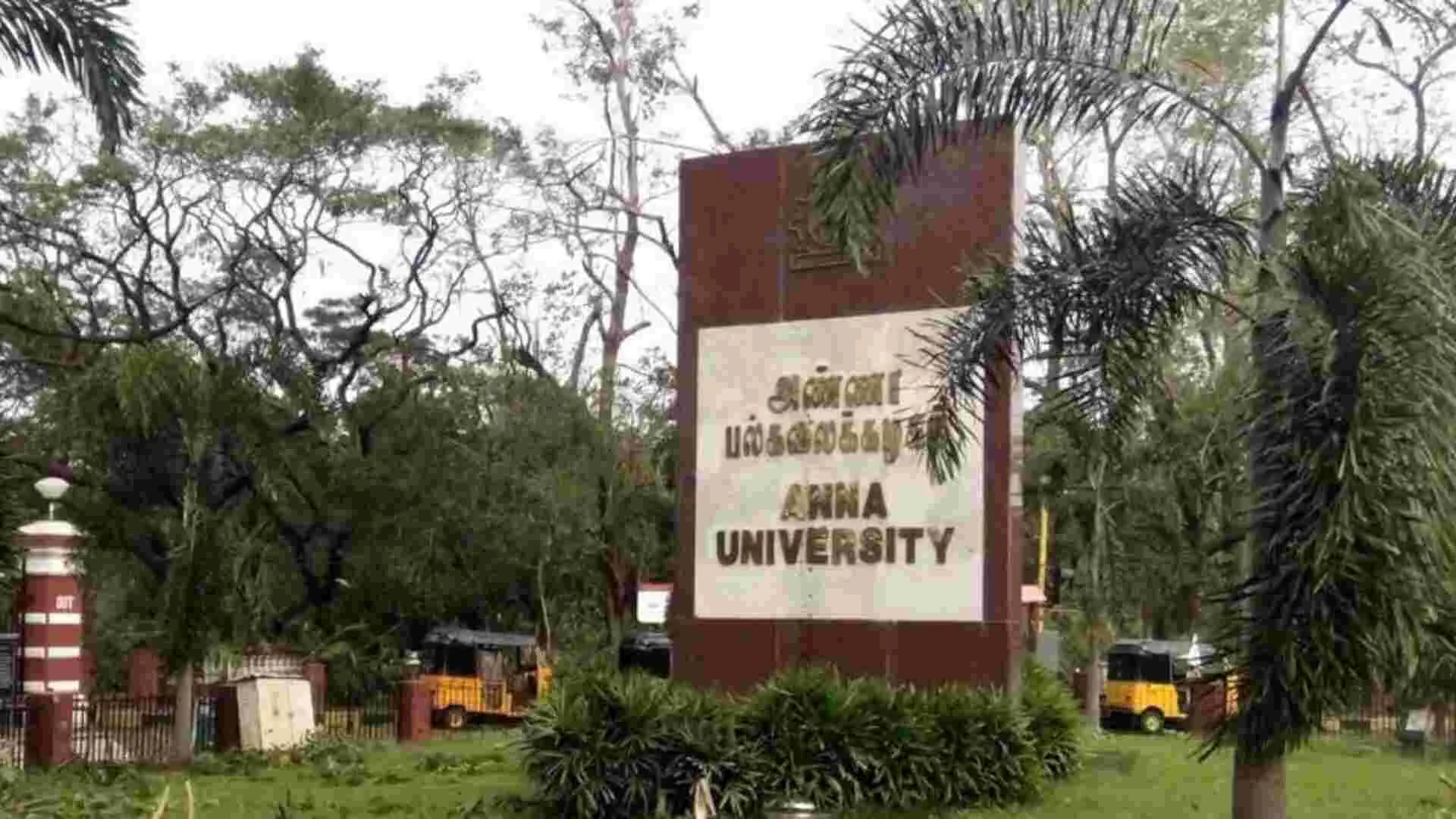The Kumbh Mela, one of the world’s largest and most significant religious events, takes place every 12 years. In 2025, the Mela will be held in Prayagraj from January 13 to February 26. Devotees gather to participate in the sacred bathing ritual, believed to cleanse sins and bring spiritual renewal.
Significance of Kumbh Mela
The Kumbh Mela is deeply rooted in cultural and spiritual traditions, drawing millions of people who seek blessings and purification by immersing in the holy rivers. The event also features religious lectures, cultural performances, and processions, showcasing India’s rich heritage.
The festival’s origins are linked to Hindu mythology, specifically the story of gods and demons fighting for a pot of nectar (amrit). The locations where the nectar spilled are considered the sites for the Kumbh Mela, attracting a diverse range of participants, including ascetics, sadhus, and spiritual seekers, contributing to the event’s unique spiritual atmosphere.
Environmental Challenges of the Kumbh Mela
While the Kumbh Mela is a major spiritual event, its large scale creates considerable environmental challenges. Waste management is a significant concern due to the vast amounts of trash, including plastics. Water pollution is another issue, with the rivers facing contamination from both waste and religious offerings. Air pollution is worsened by heavy traffic, diesel generator use, and burning of offerings, while deforestation results from the construction of temporary infrastructure and camps. Noise pollution, from loudspeakers and religious chants, also affects human health and local wildlife.
Efforts to address these challenges include waste segregation, promoting eco-friendly transportation, and using biodegradable materials. Additionally, initiatives like wastewater treatment plants and sustainable water management aim to reduce pollution in the rivers. These measures seek to balance environmental responsibility with the cultural and spiritual significance of the festival.
Measures for a Sustainable Kumbh Mela
To ensure the Kumbh Mela is more sustainable, authorities in Sangam city have introduced several innovative measures, such as a complete ban on single-use plastics within the event grounds. Eco-friendly alternatives like dona-pattal and kulhars are being promoted through dedicated stalls.
To encourage a plastic-free Maha Kumbh, a special meeting was organized with the principals of 400 schools, where students were appointed as cleanliness ambassadors. Over 1,500 Ganga Sevadoots are being trained to lead sanitation efforts, with additional personnel to be added as needed. The ‘Har Ghar Dastak’ campaign mobilizes every household in the cleanliness drive, and facility slips provided to devotees offer tips on avoiding plastic use.
These collective efforts reflect a strong commitment to making the Kumbh Mela both environmentally sustainable and spiritually enriching.












